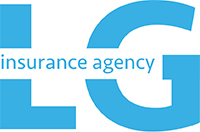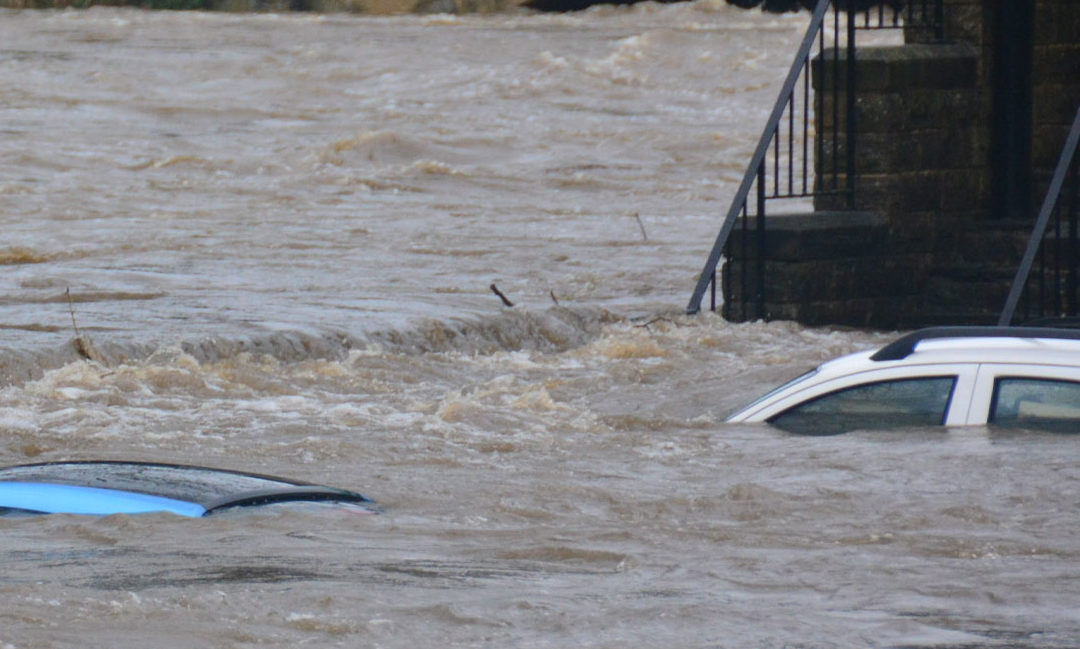New Flood Insurance Rules: What They Mean for You
As of October 1, 2021, FEMA’s National Flood Insurance Program, or NFIP, is launching what they have referred to as Risk Rating 2.0, their new methodology for offering more equitable and risk-informed rates.
The updating of the methodology to determine rates has been a long time coming- rate assessment methods haven’t been updated in more than 40 years prior to this new rating system, and the intention is to deliver rates that are actuarially sound, while being both equitable and easier to understand for policyholders. In addition, this new rating system aims to better reflect the flood risks of individual properties.
According to FEMA, this new methodology makes use of increased technological and mapping capabilities to determine and communicate a property’s full flood risk. While creating and implementing the new rating methods, inequities in pricing were also exposed, bringing to light the fact that some policyholders have been unjustly subsidizing other policyholders.
So what do these changes mean?
Firstly, the new methodology considers the cost to rebuild along with several other variables to determine a property’s true flood risk. Under the previous, or legacy, pricing system every policyholder would automatically see rate increases now as well as into the future. As of the October 1st launch, however, approximately 23% of policyholders will see a decrease in premium costs at the time of renewal.
Prior to making these changes, many of these policyholders with older pre-Flood Insurance Rate Map homes have had some of the highest rates in the nation under the prior rating methodology.
It’s important to understand how this change in rating systems is going to affect consumers, homeowners, builders, and anyone else seeking flood insurance policies.
Firstly, this new rating methodology only applies to FEMA’s NFIP. In many ways, it’s modeling how private insurers have been working with flood insurance today, utilizing more data than a simple elevation certificate.
As of the launch date, October 1st, insurance professionals can begin quoting based on Risk Rating 2.0 rates. In most cases, there will not be drastic changes, but for those policyholders who were in that 23%, which accounts for over a million policies, there will be a decrease in premiums. If there is an adjustment in the other direction, and rates go up significantly, there will be some grandfathering-in that will offset that amount somewhat.
Coverage, number one, will be the same in the National Flood Insurance Program. It will still be $250,000 for dwelling, $100,000 for contents for residential policyholders, and $500,000 for building, and $250,000 business contents for commercial policyholders. This means coverage will remain the same. The way things are rated, however, is what will change.
FEMA will be pulling data from a variety of sources in addition to elevation certificates. Tax records, map overlays, distance to water, distance to the coast, elevation of the first floor, where the first floor with respect to ground level- all of these factors will be taken into account. Replacement costs for the home will be a rating factor. Flooding frequency for the area will be a flat factor, and different foundation types will be factored in as well.
Prior NFIP insurance accounted for nine different foundation types, while the Risk Rating 2.0 only accounts for six. Eliminating some unnecessary complications while taking more accurate and complete data into account makes things easier to rate and understand, as previously mentioned. All in all, the new methodology puts NFIP more in line with how private companies have been pulling data with respect to private flood insurance policies.
It is also important to understand that on the private side, coverage values can go significantly higher than NFIP policy coverage limits. Currently, replacement costs can go as high as $2 million on a private policy- an important consideration for higher value homes and businesses. Higher coverage values also mean better definition of coverage- actual cash value. If you have your $250,000 of coverage, if you go full value, you can get full replacement value, and avoid the “depreciation effect” of an insurance policy.
There are also insurance companies that include flood as a part of the homeowners package. Meaning a homeowners insurance policy that adds flood as a covered cause of loss. Two important things to note in this scenario: deductible and adjuster, when it comes claim time. If you have full coverage for up to your dwelling value, as well as full loss of use, you’re at an advantage. Typically, on most private flood policies you will not get loss of use coverage,and it’s also not available on NFIP. However, a flood comes- your home is damaged and you can’t live there for a time while replacements or repairs are made? With flood as part of your homeowners package you’ll get the coverage you need to move out, rent elsewhere- loss of use coverage- included. This can be vitally important depending on circumstances.
Have questions about flood insurance? Buying a home, or have a client buying a home? Reach out to LG Insurance. Our staff is fully versed in the new Risk Rating 2.0 changes and is ready to help with both NFIP and private flood and homeowners policy quotes.


